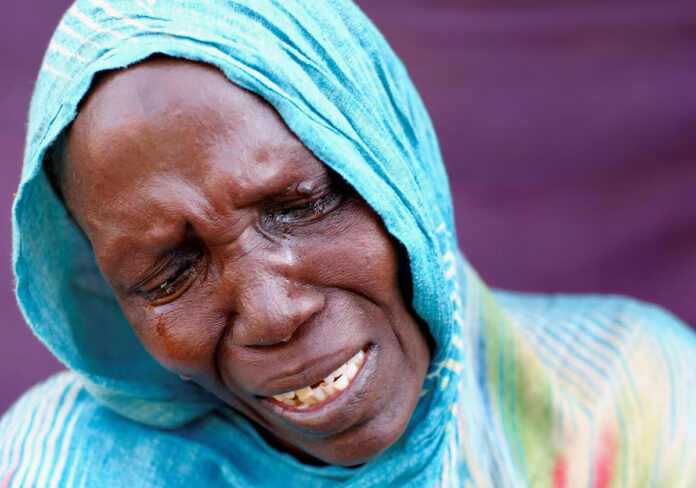Jihadist groups in the Sahel—especially Jama’at Nusrat al‑Islam wal‑Muslimin (JNIM), an Al‑Qaeda affiliate—are increasingly using low-cost drones as weapons. Previously reserved for reconnaissance, these drones now carry improvised explosives and have struck military targets in Mali, Burkina Faso, Togo, Niger, and Benin ([APAnews – Agence de Presse Africaine][1]).
A July 14 report from Morocco’s Policy Center for the New South shows over 30 confirmed drone attacks since September 2023, with 82% (24) occurring between March and June 2025 ([APAnews – Agence de Presse Africaine][1]). These assaults include high-profile incidents:
June 1, 2025 – Boulikessi, Mali: JNIM used drones to bomb a military base, reportedly killing around 100 soldiers ([APAnews – Agence de Presse Africaine][1]).
April 2025 – Togo: A drone strike killed five soldiers ([APAnews – Agence de Presse Africaine][1]).
May 2025 – Eknewane, Niger: Drone-assisted attack killed about 41 soldiers ([APAnews – Agence de Presse Africaine][1]).
These drone strikes mark a strategic shift. JNIM is evolving from guerrilla tactics to direct, precise strikes that bypass traditional air defenses ([Military Africa][2]).
JNIM has ramped up conventional attacks too. In June, analysts noted a surge of lethal operations across the Sahel, including coordinated assaults in Timbuktu, Diapaga, and other towns ([Reuters][3]).
The group now controls or influences vast areas of Mali and Burkina Faso and has extended its reach into northern Benin and Togo ([Grey Dynamics][4]).
The region’s security vacuum is deepening. The withdrawal of French and U.S. forces, coupled with growing reliance on Russian private military contractors, has left local armies unprepared and under-equipped to counter new drone threats ([Global Guardian][5]).
These drone attacks offer JNIM a psychological edge and tactical reach, allowing precise hits without risking personnel ([Military Africa][2], [understandingwar.org][6]).
African militaries lack adequate counter-drone tools like jammers or nets, making them vulnerable to this emerging threat ([Military Africa][2]).
Without coordinated action—a regional counter-drone task force or support from external partners—Sahelian states may lose ground to a more capable, tech-savvy insurgency ([APAnews – Agence de Presse Africaine][1]).
In summary, JNIM’s growing use of weaponized drones is a game changer in Sahelian warfare, exploiting security gaps and amplifying threats across West Africa. Urgent investment in detection and countermeasures is essential to face this new challenge.



